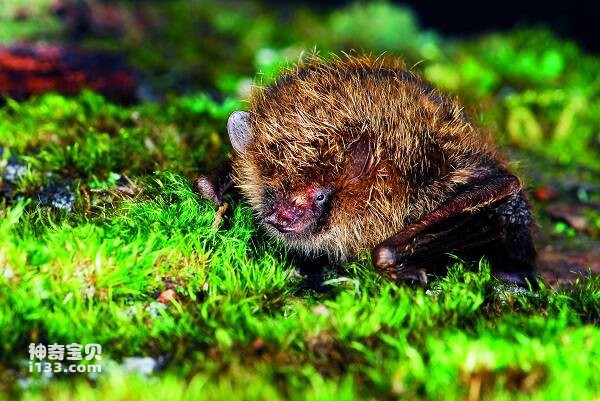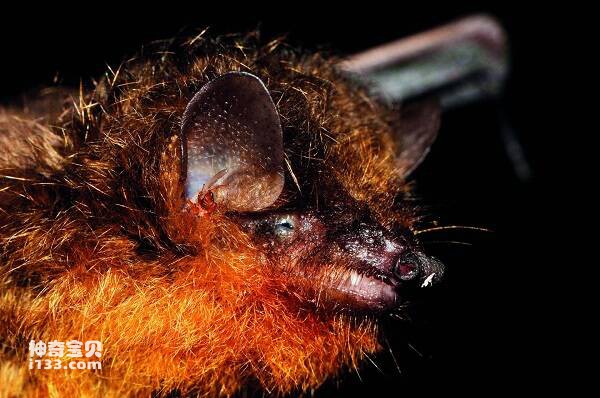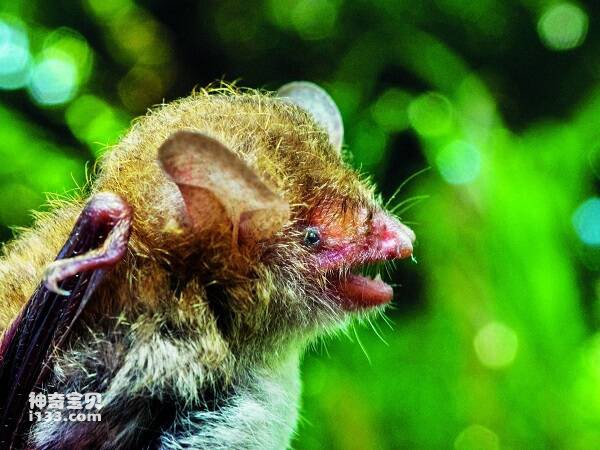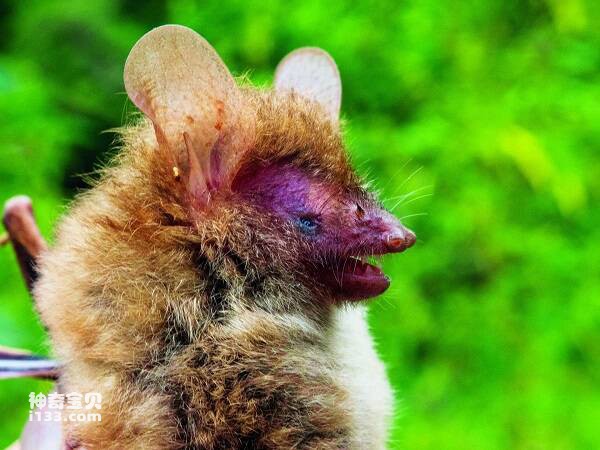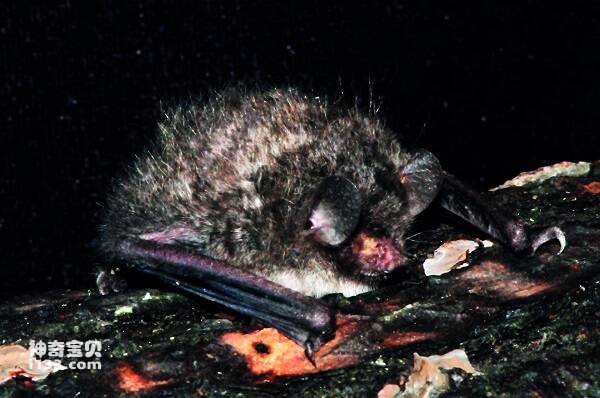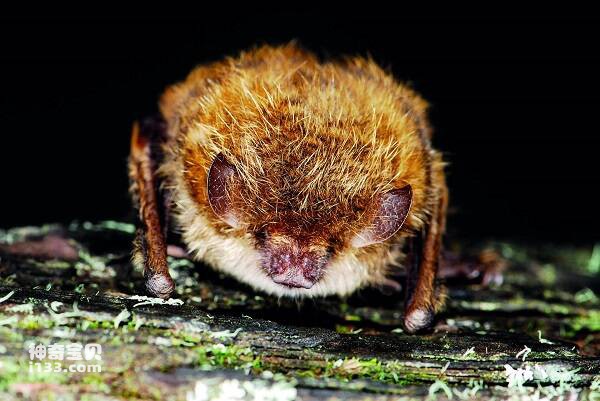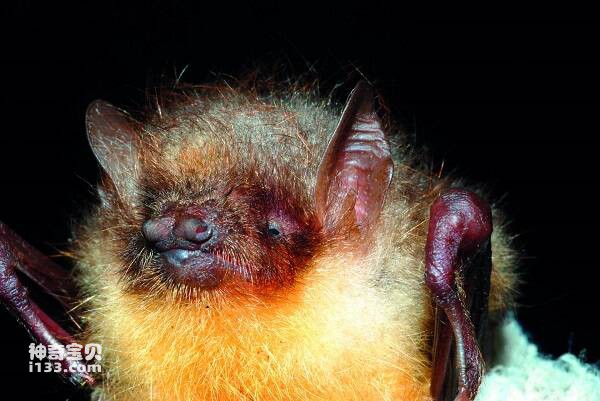Rhinolophus marshalli
IUCN
LCBasic Information
Scientific classification
- name:Rhinolophus marshalli
- Scientific Name:Lesser Brown Rhinolophus
- Outline:Chiroptera
- Family:Chiroptera Rhinolophidae Rhinolophus
Vital signs
- length:41~47mm
- Weight:
- lifetime:
Feature
The ear shell is wide and long, and the antitragus is well developed and slightly triangular.
Distribution and Habitat
The discovery in Guangxi, China (Wu Yi et al., 2004) is a new record of the species in China and also the northernmost distribution of the species. There are also collection records in Yunnan. It is known to be distributed in Myanmar, Thailand, Laos, Vietnam and northern Malaysia.
Appearance
Small in size. Forearm length 41-47mm. Large ears, well-developed tragus. Horseshoe leaf is large, with smooth front edge and serrated rear edge; saddle leaf tongue-shaped, thin, wide and short, with arc-shaped top, base extending to both sides and cup leaf to form butterfly-shaped wing-like protrusions; connecting leaf starts from the middle and upper part of the back of saddle leaf, extending backward and downward in an arc shape. Dorsal hair is dark brown, and ventral hair is lighter in color.
Details
Rhinolophus maculata is a small cave bat. It has been seen living in the same cave with Rhinolophus sinicus, Rhinolophus pusillus, Hipposideros pomona, etc. It is an insectivorous bat that hibernates. Rhinolophus maculata belongs to the <philippinesis>-<group> and is easily confused with Rhinolophus maculata. It can be distinguished from Rhinolophus maculata and Rhinolophus rex in the same group because of its special cup-shaped leaf shape (saddle-shaped leaf tongue, the base expands to both sides to form a butterfly-shaped wing-like process).
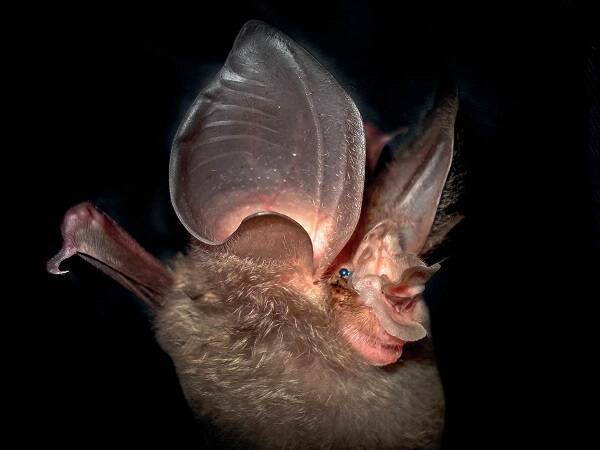
The Ma's horseshoe bat is known to be distributed in Myanmar, Thailand, Vietnam and northern Malaysia. The discovery in Guangxi is the northernmost distribution of the Ma's horseshoe bat.

